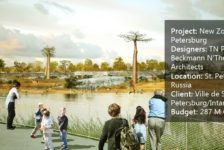The New Tel Aviv Port, by Mayslits Kassif Architects, Tel Aviv, Israel. Reading the title of this article, you might already be wondering how Tel Aviv happened to get known for an urban redevelopment project? My reaction was similar, as was that of the 1,000-person audience at the issuing of the most prestigious award in Europe for landscape architecture — the Rosa Barbara European Landscape Prize in 2010. People were telling the architects of the port transformation: “We didn’t know that there are things like that in Tel Aviv.”
Tel Aviv Port
The project won out of more than 420 entrants, being selected both by the official jury and the audience. It was the first time Israel has been awarded a prize for landscape architecture, putting it on the global scene for remarkable projects.
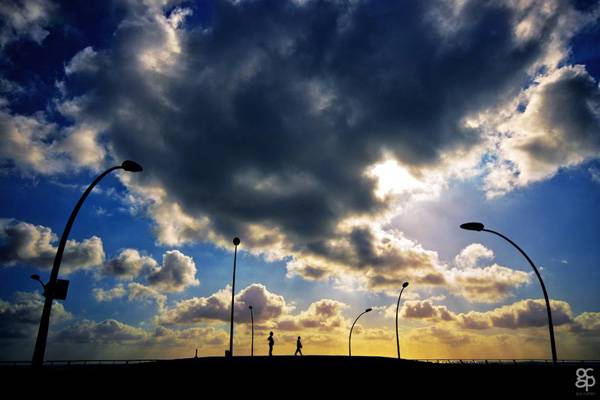
Tel aviv port. Photo credit: Guy Cohen Photography
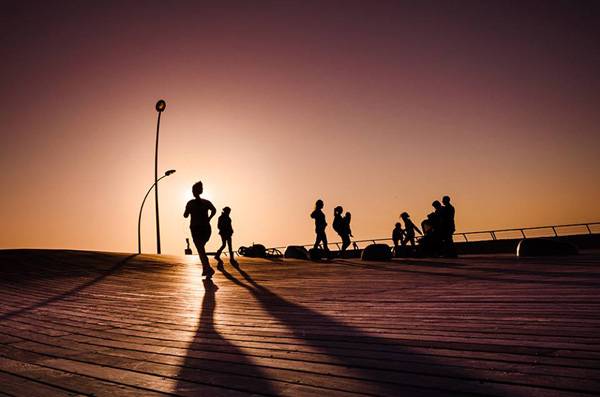
Tel aviv port. Photo credit: Guy Cohen Photography
The Opening of Tel Aviv Port
The port first opened in 1936, but was used at its full operational capacity for only three years. Attempts over the years to revive the port were unsuccessful, and although it was functioning partially until 1965, it had been lying abandoned and disintegrating ever since. In 2002, the port management saw its potential and ran a competition for the revival of the port areas and their transformation into a vital public space.
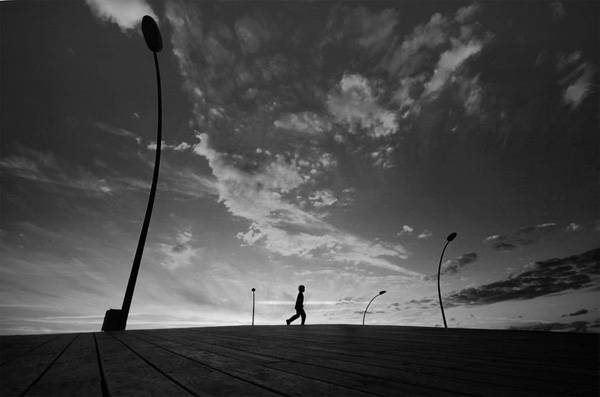
Tel aviv port. Photo credit: Guy Cohen Photography
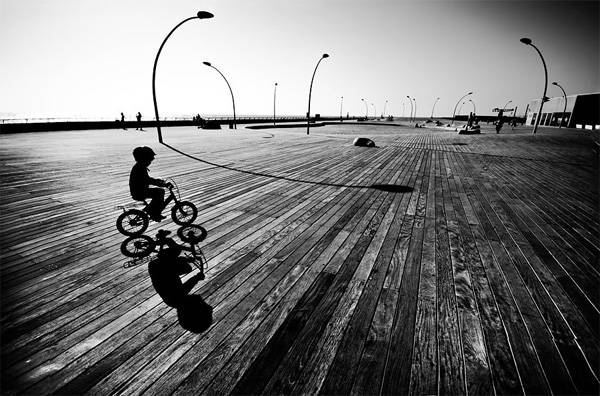
Tel aviv port. Photo credit: Guy Cohen Photography
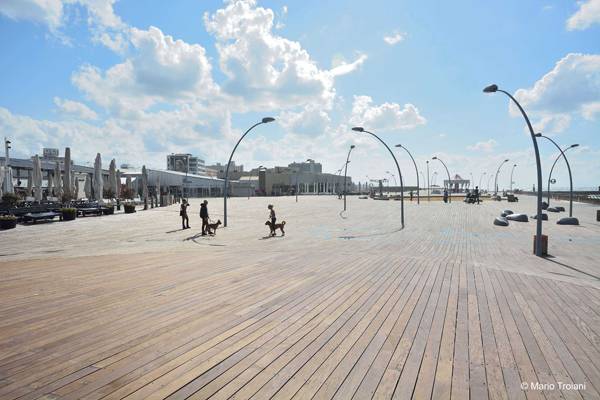
Tel Aviv Port. Photo credit: Mario Troiani
Tel Aviv Port Inspired by Sand Dunes
The architects’ desire to create an inviting public space became the base of the project. They came up with a design inspired by the sand dunes on which the former port was built, creating a vast open space covered by an undulating wooden deck reminiscent of those dunes.
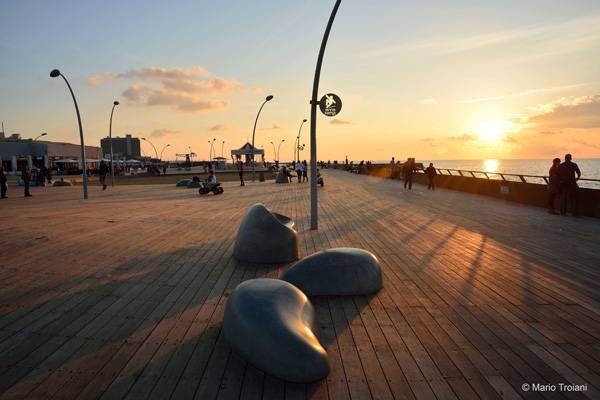
Tel Aviv Port. Photo credit: Mario Troiani
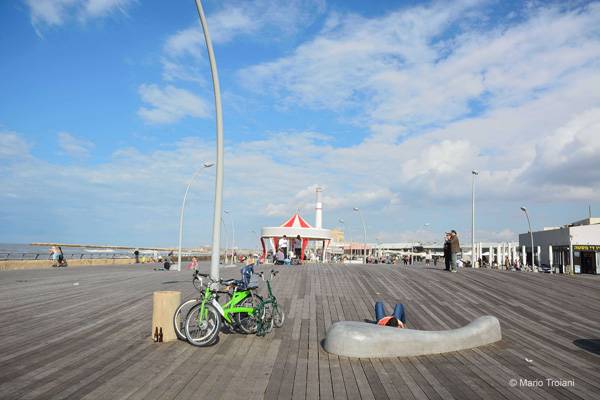
Tel Aviv Port. Photo credit: Mario Troiani
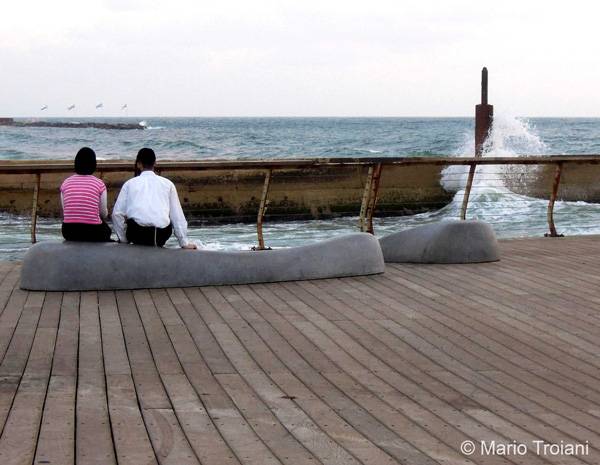
Tel Aviv Port. Photo credit: Mario Troiani.
Tel Aviv Port, the Place to be
The reopening of the port started attracting the public even before the landscape works were completed. The wooden deck’s fulfilled its purpose of inviting diverse uses by various groups of people, making the port the place to be in Tel Aviv.
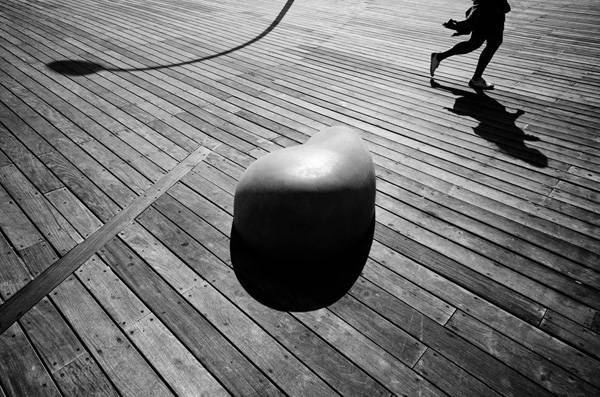
The quirky rock features at Tel aviv port. Photo credit: Guy Cohen Photography
- Kiryat Sefer Park, Tel Aviv, Israel by Ram Eisenberg
- Burj Khalifa Tower Park: The Oasis-Like Paradise
- Sculptor Creates Major Public Square
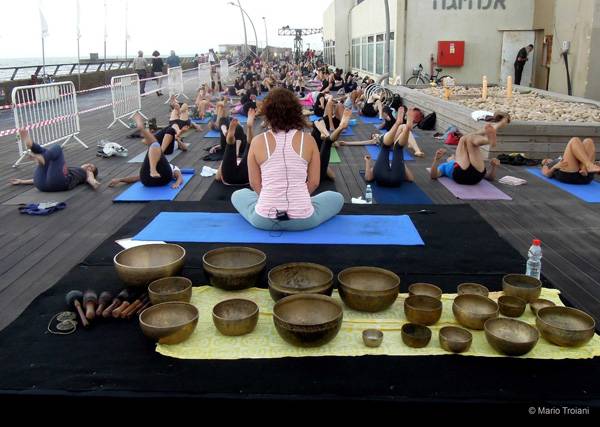
Yoga at Tel Aviv Port. Photo credit: Mario Troiani
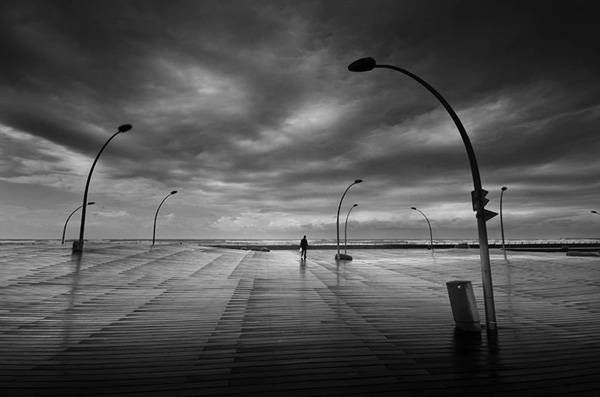
Tel aviv port. Photo credit: Guy Cohen Photography
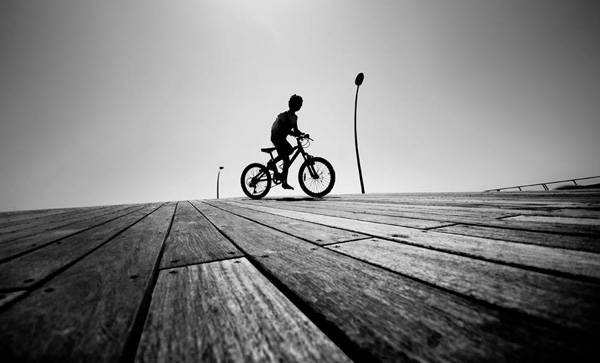
Tel aviv port. Photo credit: Guy Cohen Photography
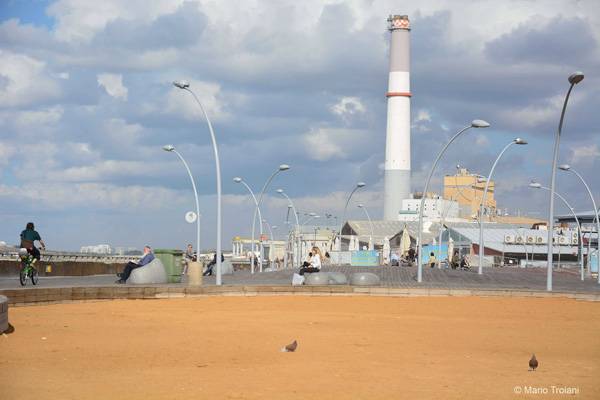
Yoga at Tel Aviv Port. Photo credit: Mario Troiani
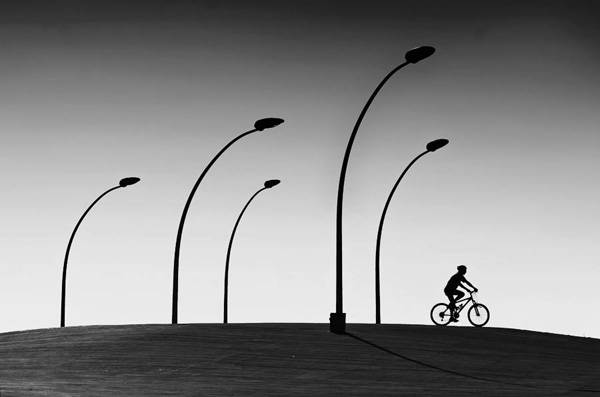
Tel aviv port. Photo credit: Guy Cohen Photography
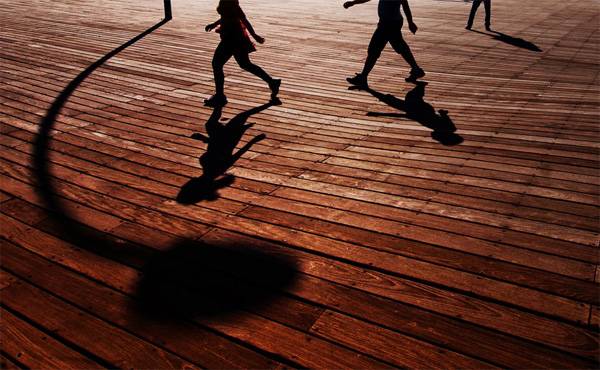
Tel aviv port. Photo credit: Guy Cohen Photography


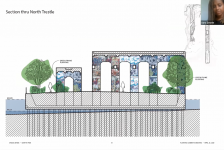
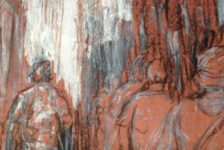
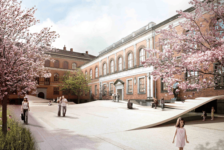
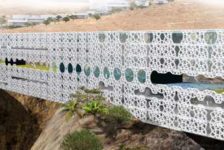

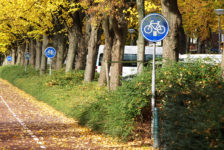
![The 10 Best Houseplants to Improve Indoor Air Quality [infographic]](https://land8.com/wp-content/uploads/2017/07/House-plants-224x150.jpg)
